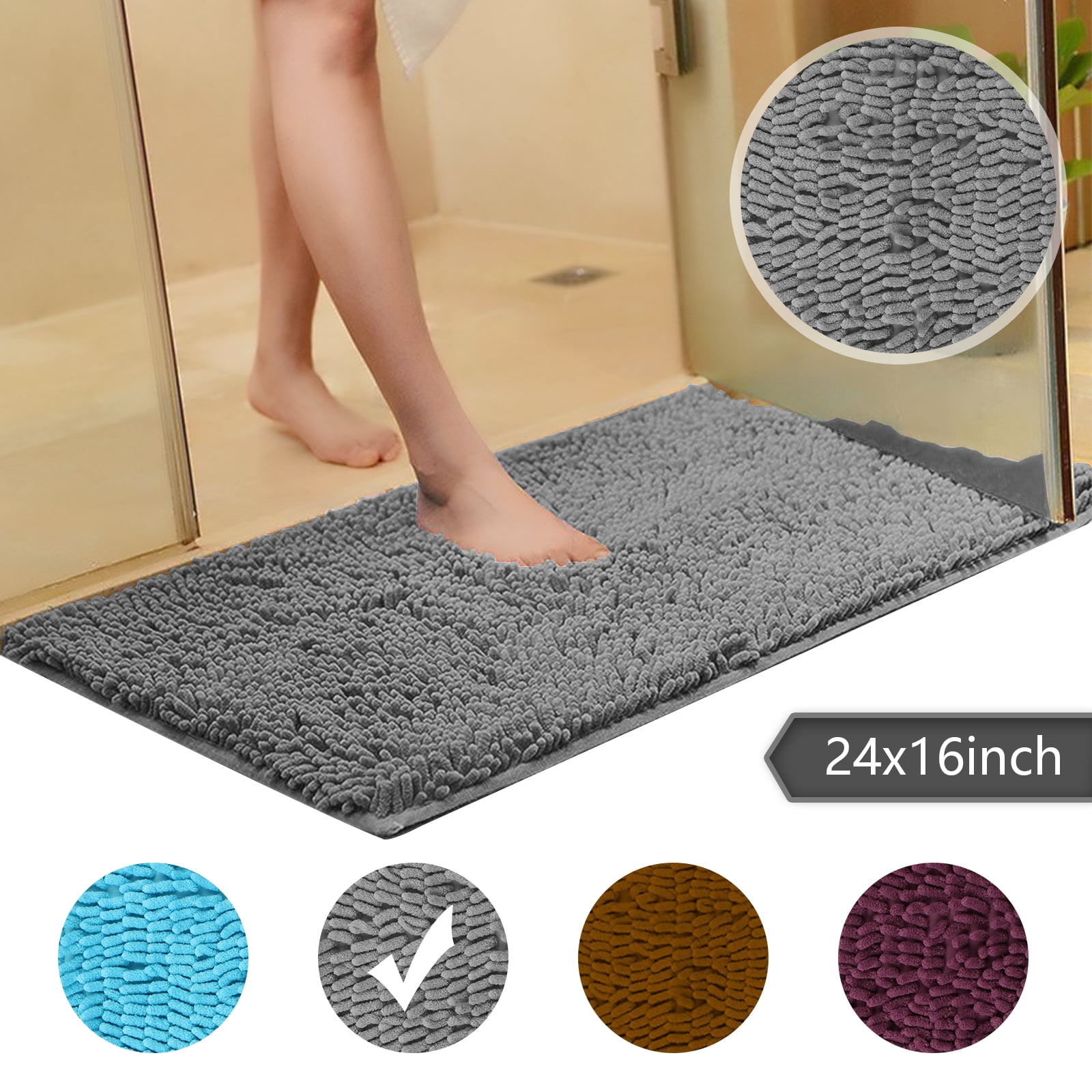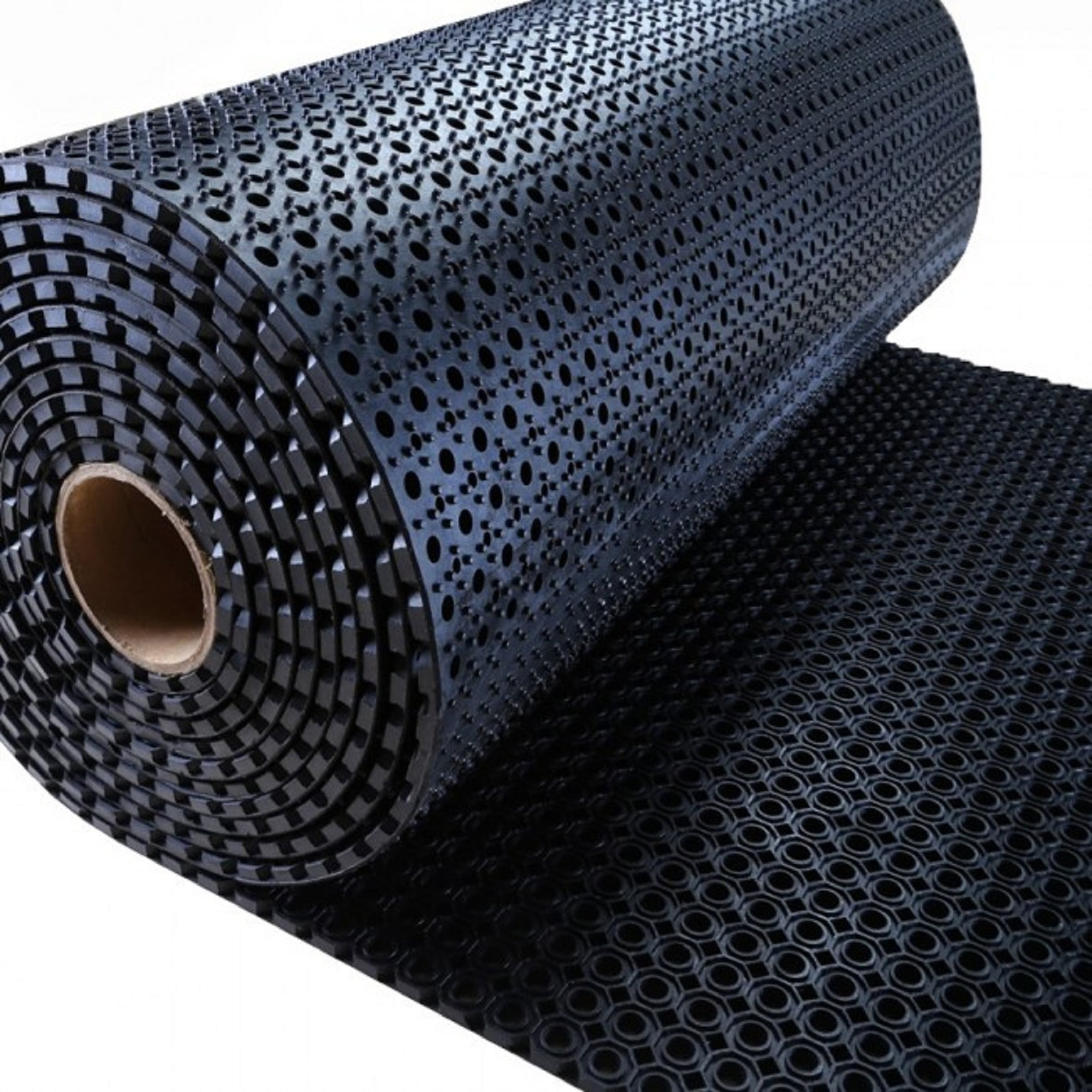Preventative Measures

Proactive steps are crucial to safeguarding your bathroom floor from water damage. By implementing these measures, you can significantly reduce the risk of moisture seeping into the floor, preventing potential problems like warping, mold growth, and costly repairs.
Using a Bath Mat or Rug
A bath mat or rug serves as a barrier between your feet and the bathroom floor, absorbing excess water after showering or bathing. This simple yet effective measure prevents water from spreading across the floor, minimizing the risk of damage.
Choosing Water-Resistant Flooring Materials
Selecting water-resistant flooring materials is essential for bathroom floors. These materials can withstand the constant exposure to moisture and humidity, ensuring the longevity of your floor.
- Tile: Tile is a popular choice for bathrooms due to its durability and resistance to water. Ceramic, porcelain, and natural stone tiles are excellent options for bathroom floors.
- Vinyl: Vinyl flooring is another water-resistant option that offers a wide range of styles and colors. It is relatively affordable and easy to maintain.
- Laminate: Certain laminate flooring options are designed to withstand moisture, making them suitable for bathroom environments. However, it’s crucial to choose laminate flooring explicitly labeled as water-resistant.
Choosing a Low-Flow Shower Head
Installing a low-flow shower head can help minimize water splashing and reduce the amount of water reaching the floor. Low-flow shower heads are designed to use less water while still providing a satisfying shower experience.
Installing a Shower Curtain Liner
A shower curtain liner acts as a barrier, preventing water from escaping the shower area and reaching the bathroom floor. Choose a liner made of a waterproof material, such as vinyl or plastic, for optimal protection.
Cleaning and Maintenance

Regular cleaning and maintenance are crucial for keeping your bathroom floor clean, hygienic, and free from water damage. A consistent cleaning routine helps prevent the buildup of dirt, grime, soap scum, and mildew, extending the life of your floor and maintaining its aesthetic appeal.
Cleaning Schedule
A regular cleaning schedule is essential for maintaining a clean and hygienic bathroom floor. This schedule should include regular mopping and wiping down the floor.
- Daily Cleaning: Wipe down the floor with a damp mop or cloth after each use to remove any spills or splashes. This simple step helps prevent the buildup of dirt and grime, making deep cleaning easier.
- Weekly Cleaning: Thoroughly mop the floor with a cleaning solution appropriate for your floor type. Pay special attention to areas prone to water buildup, such as around the shower or bathtub.
- Monthly Cleaning: Deep clean the floor using a stronger cleaning solution to remove any stubborn stains or buildup. Consider using a steam cleaner for a more thorough clean.
Effective Cleaning Products
Choosing the right cleaning products is vital for effectively removing water stains, soap scum, and other debris from your bathroom floor.
- Mild Detergent: For daily cleaning, a mild detergent mixed with warm water is usually sufficient.
- Vinegar: Vinegar is a natural and effective cleaning agent that can help remove soap scum and water stains. Mix equal parts white vinegar and water in a spray bottle and apply it to the affected areas. Allow it to sit for a few minutes before wiping it clean.
- Baking Soda: Baking soda is a mild abrasive that can help remove stubborn stains and grime. Make a paste by mixing baking soda with water and apply it to the affected areas. Let it sit for a few minutes before scrubbing with a soft brush and rinsing with water.
- Commercial Cleaners: For more challenging stains or buildup, consider using commercial cleaners specifically designed for bathroom floors. Follow the manufacturer’s instructions carefully.
Drying the Floor
Thoroughly drying the bathroom floor after each use is crucial to prevent mildew and mold growth.
- Squeegee: Use a squeegee to remove excess water from the floor after showering or bathing. This helps prevent water from pooling and creating a breeding ground for mold and mildew.
- Towel: Dry the floor with a clean towel, paying special attention to areas prone to water buildup, such as around the shower or bathtub.
- Ventilation: Ensure adequate ventilation in the bathroom to allow moisture to escape. Open a window or use an exhaust fan during and after showering or bathing.
Shower Drain Maintenance
Regularly checking and cleaning the shower drain is essential to prevent clogs that can lead to water damage and unpleasant odors.
- Regular Inspection: Inspect the drain for any signs of debris buildup or clogs.
- Cleaning: Use a drain snake or plunger to remove any obstructions. For stubborn clogs, you can try using a commercial drain cleaner. However, be sure to follow the manufacturer’s instructions carefully and avoid using harsh chemicals that could damage the drain.
Advanced Solutions: How To Protect Bathroom Floor From Water

For those seeking a higher level of protection, advanced solutions offer greater durability and longevity. These methods can significantly reduce the risk of water damage and extend the life of your bathroom floor.
Types of Bathroom Floor Sealants
Understanding the different types of sealants available is crucial for making an informed decision. Each sealant has its own unique properties and application methods. Here’s a table comparing common types of bathroom floor sealants:
| Sealant Type | Pros | Cons |
|---|---|---|
| Epoxy Sealant | High durability, resistant to chemicals and stains, long lifespan | Difficult to apply, requires careful preparation, can be expensive |
| Polyurethane Sealant | Flexible, water-resistant, easy to apply | Not as durable as epoxy, may need reapplication over time |
| Acrylic Sealant | Easy to apply, dries quickly, affordable | Less durable than epoxy or polyurethane, may not be suitable for high-traffic areas |
Applying a Sealant to the Bathroom Floor
Proper application is crucial for maximizing the effectiveness of a sealant. Here’s a step-by-step guide:
1. Clean the Floor Thoroughly: Remove any dirt, debris, or soap residue.
2. Allow the Floor to Dry Completely: Moisture can interfere with the sealant’s adhesion.
3. Apply a Primer (if recommended): A primer enhances adhesion and provides a smooth surface.
4. Apply the Sealant: Use a brush, roller, or sprayer, depending on the sealant type. Follow the manufacturer’s instructions for application thickness and drying time.
5. Allow the Sealant to Cure: Avoid using the floor until the sealant has fully cured, typically 24-48 hours.
Installing a Waterproof Membrane Beneath the Bathroom Floor
A waterproof membrane acts as a barrier to prevent water from penetrating the subfloor. Here’s how to install one:
1. Prepare the Subfloor: Ensure the subfloor is level and free of any imperfections.
2. Lay Down the Membrane: Unroll the membrane and secure it to the subfloor using staples, nails, or adhesive.
3. Overlap the Seams: Overlap the membrane seams by at least 6 inches to create a watertight seal.
4. Seal the Seams: Use a waterproof sealant to secure the seams and prevent leaks.
5. Install the Floor Covering: Once the membrane is in place, you can install your chosen bathroom floor covering.
Heated Floor Systems, How to protect bathroom floor from water
Heated floor systems offer a unique solution by quickly drying any spills or splashes, minimizing the risk of water damage.
Benefits:
* Enhanced Comfort: Provides warmth and comfort, especially during cold weather.
* Improved Safety: Reduces the risk of slipping on wet floors.
* Faster Drying: Dries spills quickly, preventing water damage.
* Mold and Mildew Prevention: Reduces moisture build-up, minimizing the risk of mold and mildew growth.
Drawbacks:
* Installation Costs: Installation can be expensive, especially for larger bathrooms.
* Energy Consumption: Heated floors can increase energy consumption, leading to higher utility bills.
* Potential for Damage: Damage to the heating system can be costly to repair.
* Compatibility Issues: Some floor coverings may not be compatible with heated floor systems.
